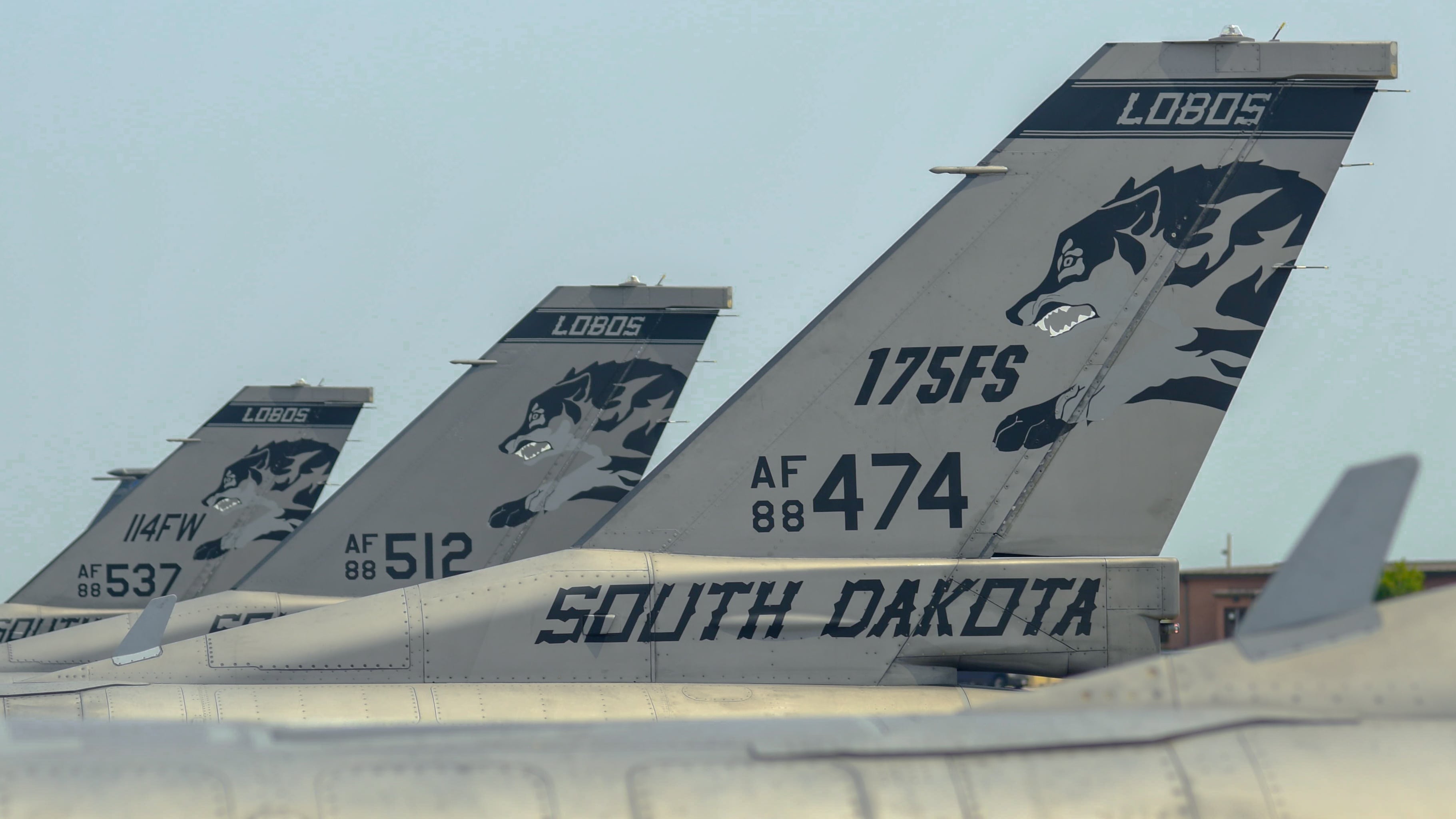An Oklahoma Air National Guard F-16C fighter jet was recently destroyed in a crash when homeland defense training turned into a real-life attempt to intercept a civilian plane, an accident investigation report has revealed.
Investigators blamed the pilot for his jet’s demise, saying the airman could have regained control over the Fighting Falcon. The Air Force also ruled that the pilot and another instructor flying alongside him violated multiple training rules when they chose to rendezvous with the incoming plane.
The unnamed airman, an F-16 instructor pilot who worked at a Texas-based detachment of the 138th Fighter Wing, was flying over Louisiana when he successfully ejected, sustaining minor injuries. His $27 million jet was totaled on impact.
RELATED

On March 23, the day of the mishap, the airmen headed out to practice a two-jet homeland defense mission known as an “aerospace control alert.”
Alert crews around the U.S. spring into action when an unauthorized aircraft flies near American airspace, such as in the Sept. 11, 2001, terror attacks, or when Russian jets lurk off the coast of North America.
At first, the lead pilot pretended to be an unfamiliar aircraft so the wingman — the airman who ultimately ejected — could practice escorting it.
“The planned training events were low/slow intercepts, with [the lead pilot] simulating a defecting foreign military aircraft, and an air-to-air refueling” with a KC-135 Stratotanker, the investigation report said.
Their first trial run was “uneventful,” according to the report. Then things got real.
RELATED

“The [pilot] discovered a general aviation aircraft … flying at 1,700 feet” in a holding pattern around Beauregard Regional Airport in western Louisiana, the report said.
So, the lead pilot suggested they intercept the plane. That would help the pair practice visually identifying a low, slow-moving aircraft, the report said.
But the airmen didn’t radio the civilian plane or let air traffic control know about their attempted interception, investigators found.
The lead pilot started to read the incoming plane’s tail number but left to meet the tanker. The other airman, however, dipped below the minimum required speed as he finished the intercept. Decelerating triggered a warning that the jet could stall, the report said.
“The [F-16] was approximately 300 feet above the [civilian] aircraft … as opposed to the 1,000 feet required when executing an intercept from the side or front,” investigators noted.
The airman prepared to join his flight lead for the refueling sortie and hit the wrong switch as he tried to climb, the report said. He felt the jet “shudder” in response — a normal reaction, but one that the pilot hadn’t expected.
He decided that the F-16 was unsafe and ejected. The airman landed in a tree and was rescued by a nearby Army unit.
RELATED

Investigators said bailing out was a mistake.
“Flight simulations confirmed … the [aircraft] was still in a flyable state prior to ejection,” the report said. “A noticeable shudder and movement of the aircraft [was] indicative of the flight controls responding properly. … The aircraft was not out of control and could have been recovered.”
Officials who interviewed members of the pilots’ unit said people couldn’t agree on whether escorting an unwitting civilian plane should count as training.
Still, the investigators concluded: “Either [instructor pilot] should have recognized they were executing an intercept against a non-participating, uncoordinated aircraft, while simultaneously accomplishing a challenging mission that had not been briefed as their mission for that day.”
Six F-16s have been involved in accidents so far this year. About three Fighting Falcons have been totaled each year on average for the past decade.
F-16Cs have been in the Air Force inventory since the 1980s; about 700 of the airframes remain.
Rachel Cohen is the editor of Air Force Times. She joined the publication as its senior reporter in March 2021. Her work has appeared in the Washington Post, the Frederick News-Post (Md.), Air and Space Forces Magazine, Inside Defense, Inside Health Policy and elsewhere.





